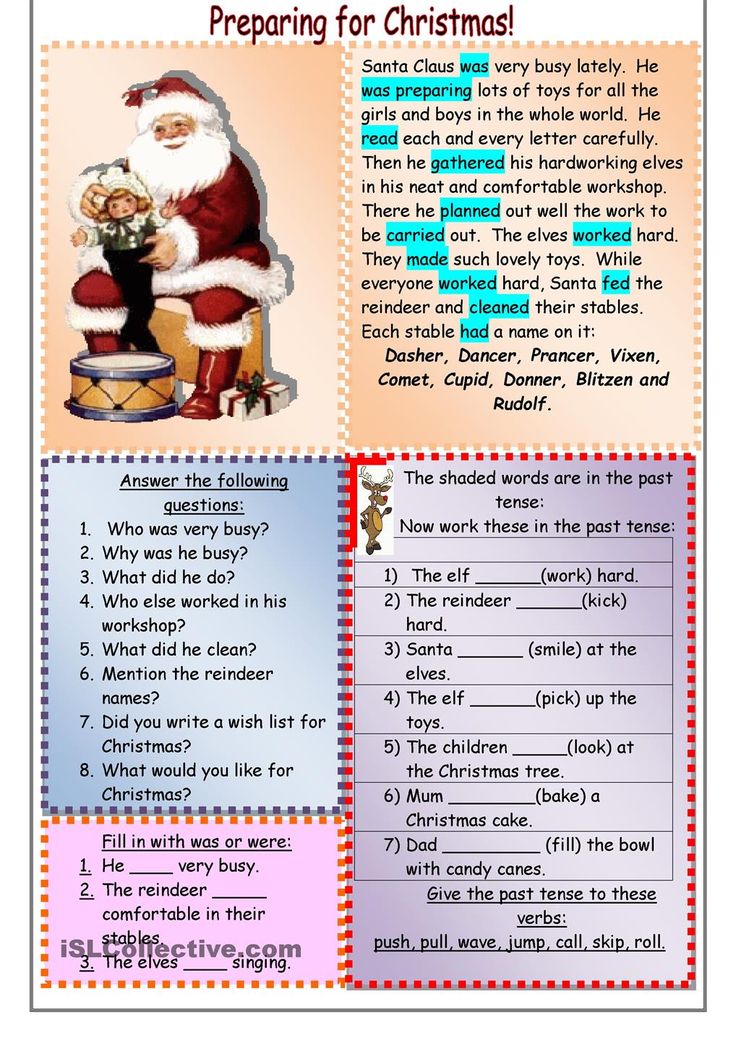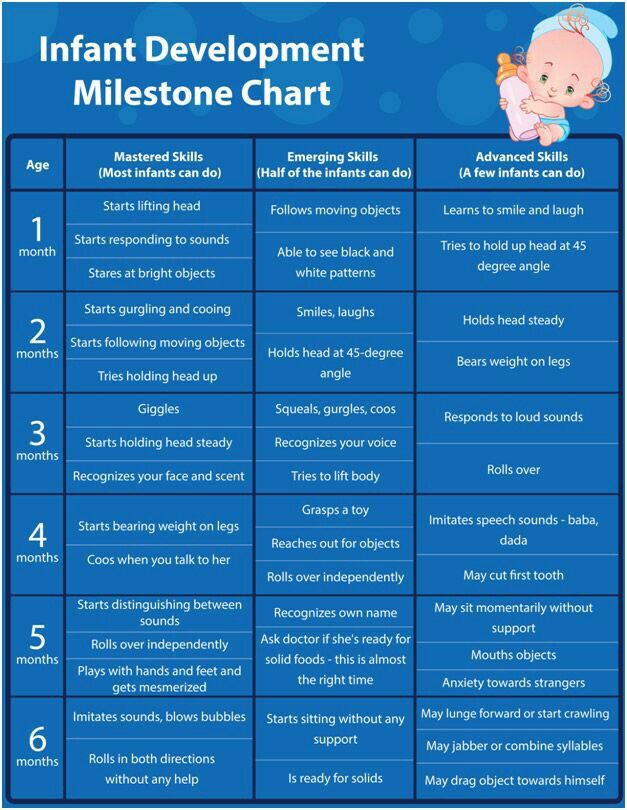How to engage a child in activities
10 ways to keep your child engaged at home, free from gadgets
By India Today Web Desk: "Amma, I'm bored. Can I watch TV?"
"Dad, there's nothing to do. Can I play video games?"
We constantly hear such moans from our children (from toddlers to teens), especially when we are busy doing something else. Our natural instinct is to either respond with a reluctant 'YES' just to get them off our backs or a fuming 'NO' to show who is in charge. Either way, you, the parent loses!
Today, with the Covid-19 situation, we are all stuck indoors and cannot go out much. Children feel there is not much they can do in their homes and so they reach for their gadgets to keep them entertained. The only way to win this digital battle and achieve a digital balance is to get your child involved in different activities that interest him.
Here are 10 ideas from 'A to J' to keep your child engaged at home, free from screens and gadgets:1.
advertisement
Get your child's creative juices flowing. Provide your child with age-appropriate art and craft materials and involve him in activities based on his ability and skill level. Encourage him to keep improving his skills. Don't expect perfection. Instead, acknowledge the effort and encourage his creative expression.
Keep a supply of art and craft material handy. Here a few art and craft ideas:
- Drawing and painting
- Clay modeling
- Papercraft and origami
- Beadwork, basket weaving
- Sewing and knitting
- Carpentry
- Fruit and veggie art
How it helps: Art and craft activities not only nurture your child's creativity, they help him focus, pay attention to details and improve his hand-eye coordination, fine motor skills, colour sense, and more.
2. Books and moreOpen the door to a world of books for your child - from stories of fantasy to adventure, from thrillers to biographies, from factual to how-to books, the list is endless.
- Keep a bunch of books readily available for your child to pick up and read whenever she chooses
- Make reading a daily habit, a bedtime ritual, or an evening routine. Read regularly to your younger children
- Have your child write and illustrate her own storybook or write her own biography through journaling.
How it helps: Reading fuels your child's imagination and helps her improve her vocabulary, comprehension, and even storytelling and writing skills. Once she is drawn into a book, it can keep her occupied for hours.
3. Cooking and ChoresGet your child involved in helping with chores and cooking around the house.
While you cook, younger children can help with washing vegetables and rolling out their own rotis. Older children can help with cutting, prepping, and even cooking. The trick is to get them involved in planning the menu and shopping. Encourage older children to experiment with recipes.
When you do the laundry or clean a room, get your child to pitch in and help. The key is to appreciate your child's help and not expect him to always do it the right way.
How it helps: As your child helps with chores and cooking, he is learning a lot of self-help skills. This helps him become more independent and self-confident. As an added bonus, when your child helps with the cooking, even a fussy eater is fussy no more!
4. Deep thinkingAn occasional challenge to exercise the brain keeps it healthy, growing, and sharp. Choose challenges that are at her level to keep her interested and feel successful. If it is too easy, she will be bored, if it is too difficult, she will not want to try. Here are a few thinking activities:
- Jigsaw puzzles
- Rubik's cube
- Brain games and puzzles
- Word games
- Crossword puzzles
- Math and logic puzzles
- Sudoku
How it helps: These brain exercises help boost your child's critical thinking, logical, and reasoning skills, all essential in getting your child ready for a future that demands creative thinkers and problem solvers.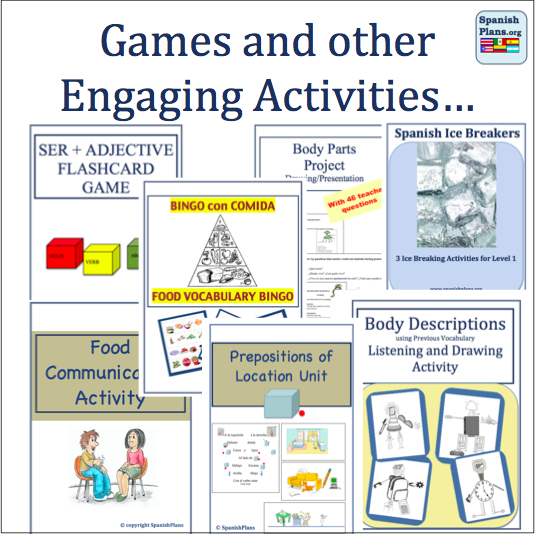
Create opportunities for your child to explore and experiment with different ideas and materials. A few ideas to explore:
- There is so much experimentation that can happen in the kitchen - different recipes to try and new ones to innovate
- Get your child some science, engineering, and technology exploration kits
- Give recyclable material and see what new inventions your child comes up with.
How it helps: Fuel the scientist and inventor in your child. These experiments may not lead to discoveries. But they help your child learn that it's okay to make mistakes and you need to keep trying before you get it right. Along the way, you never know what your child will discover and learn.
6. Free Playadvertisement
Who says all play has to be planned or directed? If your child says she is bored, leave her to be bored. She will soon find things to do around the house- maybe toys to count or coins to count; paper to cut or nails to paint. Or she may find someone to chat with within the family. Or she may just lie around on the sofa daydreaming.
Or she may find someone to chat with within the family. Or she may just lie around on the sofa daydreaming.
Create a special space where your child keeps all her favourite books, toys, and other things she can choose to play with whenever she wants.
How it helps: Research shows that occasionally being bored is actually good for the brain. It gives the brain a much-needed break while it dreams of new and creative ideas.
7. Games and moreFrom board games to card games, from chess to backgammon, from hiding and seek to blind-man buff, from anthakshari to dumb charades, the list of fun games you can engage in as a family is endless.
How it helps: Spending time together as a family having some fun, without the distraction of gadgets, work, or chores, helps strengthen the parent-child connection. This, in turn, builds your child's trust in you, encourages cooperation, and reduces conflict.
8. Hobbiesadvertisement
Indoor hobbies could range from stamp and coin collecting to photography and archeology, to cooking and gardening, to painting and dancing, to name a few.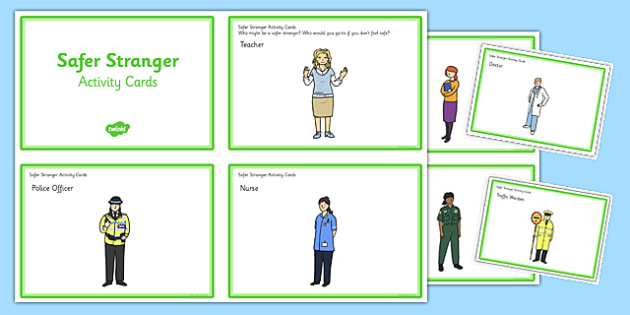 Encourage your child's interest by supporting him with the necessary skills training and provide him with the tools and materials needed for him to pursue this hobby.
Encourage your child's interest by supporting him with the necessary skills training and provide him with the tools and materials needed for him to pursue this hobby.
How it helps: When your child is interested or passionate about something, he will probably give it his best. And when he puts in the effort, he will experience success, which will help boost his confidence in all other areas.
9. Imaginary PlayPretend Play is essential, particularly for younger children. Whether it be hosting a tea party for her dolls or imagining she is a superwoman ready to save the world from the corona monster, your child can completely be immersed in a pretend world of her own.
Put out a bunch of old cardboard boxes, old scarves, plastic containers, dress-up clothes etc. and watch her turn into an astronaut blasting off on a rocket or a fairy queen living in a magical house.
advertisement
How it helps: As your child engages in pretend play, she often re-lives her experiences in the real world - she may act like her teacher, or a doctor, or even you.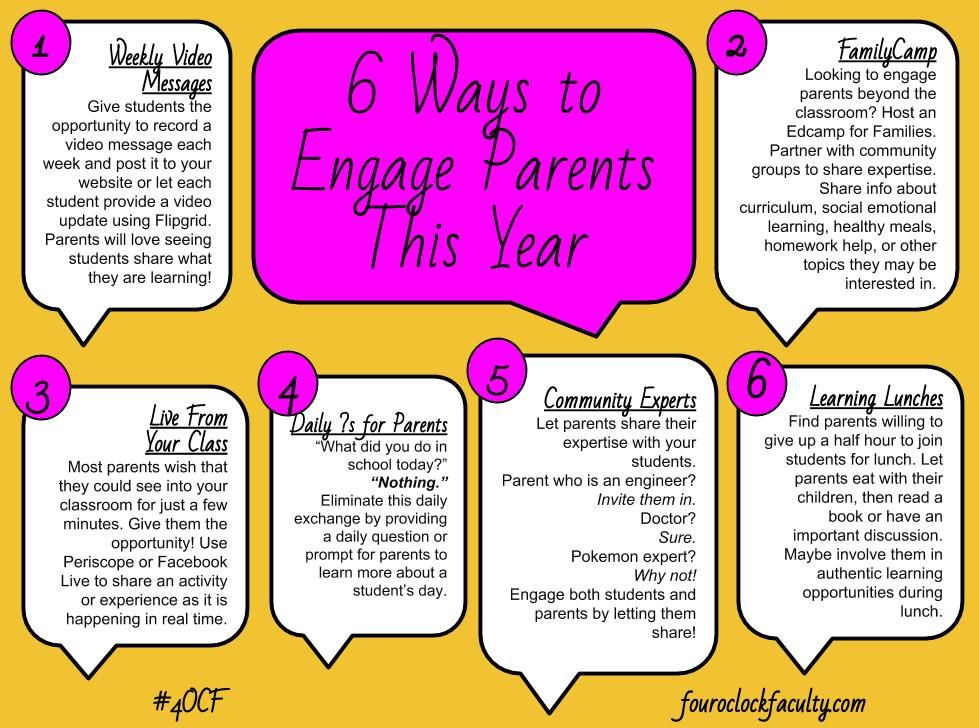 It is a safe space for her to express her feelings and emotions. Observe her conversations ads she plays and get a peek into her inner world. It's best not to step into her pretend world unless she invites you in.
It is a safe space for her to express her feelings and emotions. Observe her conversations ads she plays and get a peek into her inner world. It's best not to step into her pretend world unless she invites you in.
Music can get your child moving, dancing, grooving. It can also be calming and soothing. Encourage your child to turn on his favourite music and sing and dance along. Or he could just sit quietly and relax to the rhythmic sounds of the music. If your child plays an instrument or sings, encourage him to sing or play his own music.
How it helps: Listening to music can be a real stress buster. Music livens the spirits and boosts brain development.
These are just a few ideas. Create opportunities for your child to explore various activities and encourage his passion and interests. Allow your child to take the lead and help your child balance the use of technology with real-world explorations and connections.
- Research strongly points to the need for parents and children to spend quality time together
- without the distraction of gadgets to build a strong and trusting parent-child relationship.
So ParentCircle is organising #GadgetFreeHour on November 20, 2020, World Children's Day. On this day, we are urging all parents and children to turn off all their gadgets for one hour between 7:30 pm and 8:30 pm to spend time with each other playing, chatting and laughing, and experiencing the joy of connection.
We hope this experience will inspire more families to make the gadget-free time a part of their regular routine. Visit www.gadgetfreehour.com for more details.
Article by Nalina Ramalakshmi, Founder ParentCircle.
Read: Covid-19 impact: Is your child's screen time really productive?
Read: 8 ways to build self-esteem among children
Module: Engaging Children in Meaningful Conversation: Resources for Early Learning
Home / Educators / Professional Development (3 - 5 YEARS) / Engaging Children in Meaningful Conversation
- Introduction
- Build In Opportunities to Talk
- Model Conversation
- Use Complex Language and Vocabulary
- Try It
- Wrap Up
- Standards
Resources (PDFs)
- Self-Assessment
- Learning Log
- Try It: Book Talk
- Best Practices
- Learning Guidelines and Standards
Vocabulary
- academic language: the language of instruction—specific words children learn related to subjects such as math, science, art, and so on.

- language/linguistic development: the process of developing language skills to understand when others speak (or use sign language) and to speak (or sign) and engage in conversation
- open-ended questions: questions that require critical thinking, invite opinion or explanation, and have the potential to result in a multipl-word answers
Build In Opportunities to Talk
Before watching this video, read the text below. When instructed, watch the video from the beginning to end.
To develop language and conversation skills, young children need many opportunities to talk—with each other, with adults, one-on-one, and in a group. Educators can create opportunities for children to engage in conversation throughout the day.
- Use everyday activities as opportunities for rich conversational talk (e.g., circle time, snack time, story time, and outdoor play).
- Design spaces that encourage children to talk together and share ideas (e.
 g., in circles, at learning centers, in outdoor play areas, etc.)
g., in circles, at learning centers, in outdoor play areas, etc.) - Ask open-ended questions to challenge children to “go deeper” as they express ideas (e.g., Ask, Why do you think that happened? rather than Did you think that would happen?).
In this video, you’ll see center-based and family child care educators highlight opportunities for conversation that occur in their programs. You’ll see how the educators use everyday opportunities to engage children in meaningful talk as they listen carefully, build on what children say, model responses, and observe as children follow their example. As you watch, look for effective strategies used by the educators in the video and jot down answers to these viewing questions in your Learning Log.
- How do the educators use activities, explorations, and learning spaces to encourage conversation?
- What strategies do the educators use to prompt children to use as many words as possible when they express themselves?
Review
Why is it important to engage children in conversation?
- Conversation helps children express their thoughts, get what they need, resolve conflicts, ask for help, and learn from adults and from one another.
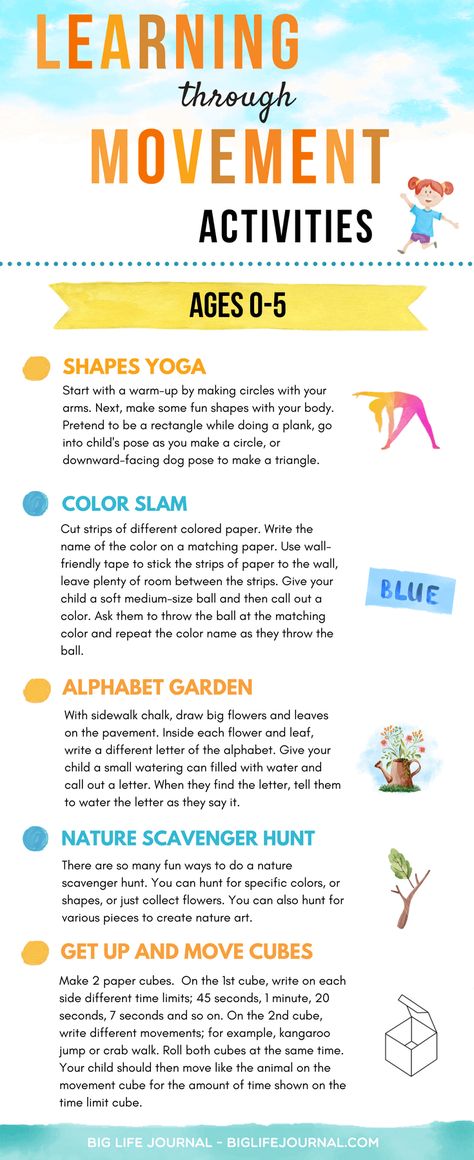
- Children need many opportunities to talk—with each other, with adults, one-on-one, and in groups.
How can activities, explorations, and learning spaces provide opportunities for conversation?
- Use everyday routines to provide rich opportunities for conversation. For example,
- Circle time or small group meetings offer daily opportunities for discussion.
- During story time, children can be prompted to talk about what they know from their own lives to make connections between their own experiences and the books they hear read aloud.
- Design spaces and activities that offer opportunities for children to talk together about important ideas.
- Learning centers can offer activities that require children to collaborate and converse. For example,
- The Pretend and Play Center encourages children to act out scenarios in their world, such as taking on the role of a doctor or patient, a restaurant waiter or customer, or a shopper in a grocery store.

- The Block Center gives children an opportunity to cooperatively design structures that become a railroad station, a construction site, a highway, etc.
- The Pretend and Play Center encourages children to act out scenarios in their world, such as taking on the role of a doctor or patient, a restaurant waiter or customer, or a shopper in a grocery store.
- Outdoor spaces and activities can encourage discussion. For instance, bring children to community gardens or plant seeds together.
- Learning centers can offer activities that require children to collaborate and converse. For example,
What strategies can educators use to prompt children to use as many words as possible to express themselves?
- Use open-ended questions to challenge children to “go deeper” as they express ideas. For example, ask, Why do you think that happened? What will happen next? How do you know?
- Model language to foster communication and provide an example for how children can express feelings, tell what they are thinking, share a new idea, and solve conflicts.
Reflect
Think about the learning environment at your own program as you answer these reflection questions in your Learning Log.
- What strategies do you use to model conversation?
- What did you learn that you will take back to your learning environment and put into practice?
NEXT
"Involving children in joint activities" | Consultation on the topic:
Published on 11/22/2015 - 15:18 - Levicheva Natalya Sergeevna
This material provides a kind of memo ("cheat sheet") to help educators to involve children in joint activities.
Download:
Preview:
Memo No. 1 “How best to draw the attention of children to themselves and involve them in joint activities?”
Step 1
Choose an appeal to a child (children), from those offered below or come up with your
| Children, early age | Children of preschool age |
| Chickens of 9000 | Knoys and abdominal |
| Rabbits | Young friends |
| Babies | Smarties and smarties |
| IMPORTANT: correspond to the age and sex of the child!!! | |
| Council: If desired or necessary, add the attractive pronoun “mine”, “mine”, “mine” | |
Step 2
Introduce the following speech “Formula”
| |
| |
- Attention! Attention! Let's go for a walk soon! - Urgent help needed! - Workshop opens! etc. | |
| |
| |
| |
| |
- Who is familiar with this subject? Wow! We are many (few)! | - Would you like me to show you another fun (cool, cool) game with ………? (name item)? |
- At the morning meeting of the children, the teacher glues a signal badge (circle, star, sun, etc. from oracal) to the child’s clothes with the words:
Then, at a convenient moment, the teacher addresses the children:
- Children are invited to the sunny meadow and the starry meadow! Think, friends, which of you are waiting in what clearing!
- In a sunny meadow today is a harvest festival .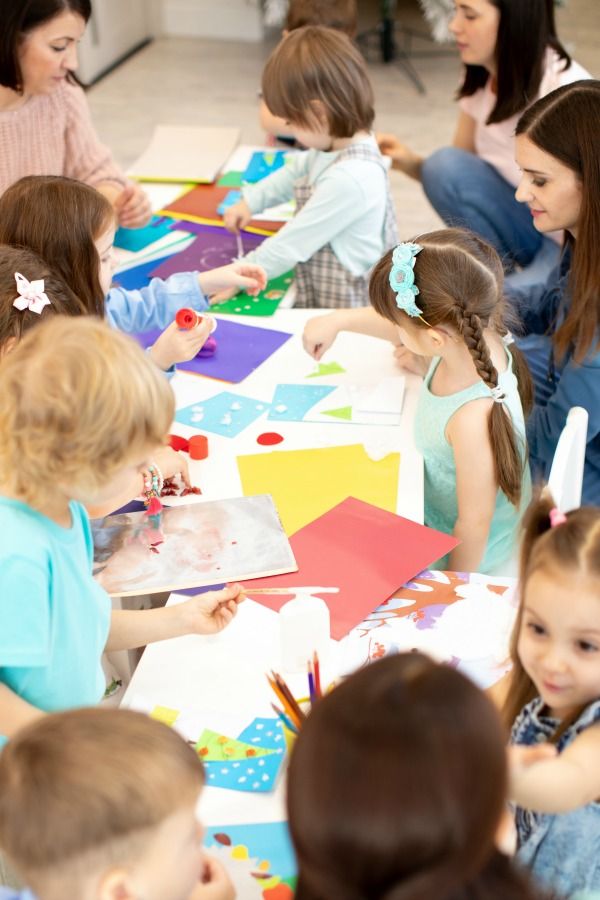 ... activities of the educational process"
... activities of the educational process"
Presentation for educators "Involving parents in the joint activities of the educational process" ...
Methods of involving parents in joint activities with teachers and children
Modern conditions for the activities of preschool institutions put forward interaction with the family to one of the leading places ....
"Let's collect a herbarium" - involving parents in joint activities
Do you remember children's fun in the fall? Parents allowed to run through the fallen leaves, shower themselves with dry leaf fall, collect colorful bouquets from leaves, and then dry them and make unusual decorations out of them...
Involvement of parents in joint activities. Goals and objectives of joint activities of teachers and parents.
One of the goals of the Federal State Educational Standard is to provide psychological and pedagogical support to the family and increase the competence of parents (legal representatives) in matters of development and education, protection and strengthening . ..
..
Presentation "Involving parents in joint activities" the work of the teacher to involve parents in joint activities. Goals and objectives of the joint activities of teachers and parents. "...
Presentation "Involving parents in joint activities with preschool educational institutions"
Material that reveals the structure, features and forms of work with parents in preschool educational institutions. children in the practical activities of growing cultivated and ornamental plants"
This material of the project on ecology is suitable for teachers of preschool education, for preschool children ...
Share:
How to involve a child in learning. Fundamentals of emotional and cognitive involvement
Motivated children not only get more pleasure from classes, but also learn the material better, integrate it into their experience. But how does the mysterious mechanism of involvement work, and how to launch it? Julia Gerasimova and Sofya Shklyaeva, interns-researchers of the joint project of Uchi. ru and the HSE Institute of Education to study the involvement of school students on digital educational platforms, tell the Teachers Council about this.
ru and the HSE Institute of Education to study the involvement of school students on digital educational platforms, tell the Teachers Council about this.
Engagement is different
To answer the question of how to involve a child in learning, you need to figure out what is behind this concept. Engagement is not just a general enjoyment of learning or a child's sincere desire to respond in class and do homework. Researchers identify at least three of its dimensions: behavioral, emotional and cognitive.
- Behavioral involvement is precisely responsible for whether children come to school, whether they respond in class, whether they do homework, whether they try hard when completing assignments.
- The level of emotional involvement can be assessed by observing the reactions of children during classes. Are they bored? Worried and nervous? Inspired? Are they smiling?
- Finally, cognitive involvement, often hidden from the observant eyes of the teacher, is responsible for the psychological readiness of the child to invest effort in learning the material.
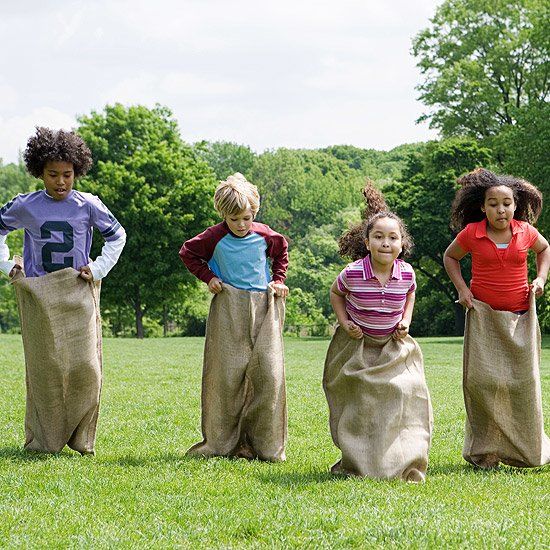 It is this type of involvement that predicts understanding and deep assimilation of the subject.
It is this type of involvement that predicts understanding and deep assimilation of the subject.
Engagement Basics
To truly interest children in learning, you need to work on a cognitive and emotional level. Understanding the engagement factors in these two dimensions will help the theory of expectations and values. It is based on two components: the child's expectations, that is, the feeling that he can cope with the task, and the perceived value of the task, that is, the motivation to take on its solution.
If children have doubts that they can cope with tasks, they begin to worry and try to avoid such "overwhelming" tasks. It is believed that this is how we lose girls who are passionate about science in high school or choose education in STEM. Subjected to stereotypes, they believe that they, unlike boys, do not have a talent for mathematics. And if it is not there, then there is no point in trying, because anyway they will not be able to understand this strange subject.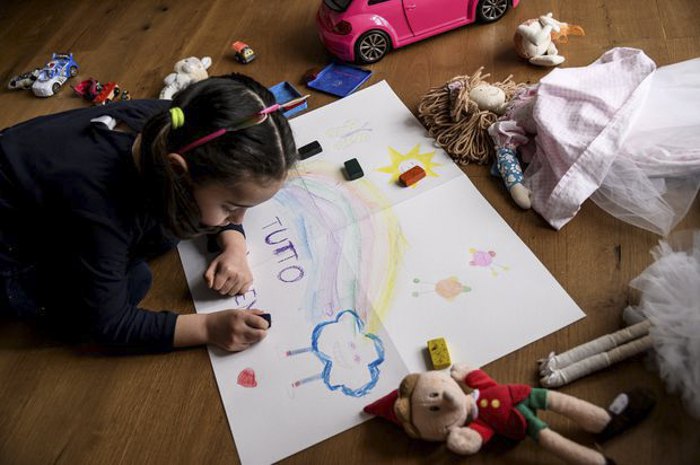
Get the profession of a teacher-organizer with the additional qualification "Social teacher" at the Training Center of the Teachers' Council.
What's in the program?
— Practice-oriented methods of work of a social pedagogue and an organizing teacher.
— Methods of social and pedagogical work with children left without parental care and dysfunctional families.
— Support for curators and feedback from teachers.
And what is the result?
A new profession and a diploma of professional retraining of the established sample.
Installment available.
Learn more
How to help your child believe in themselves
Self-confidence or self-efficacy is the foundation of emotional and cognitive engagement. Correctly built pedagogical practices help to develop and support it.
If we imagine studying as a journey to an unfamiliar country, then our task as a teacher is to draw for the child a detailed map of the path from initial ignorance to confident understanding.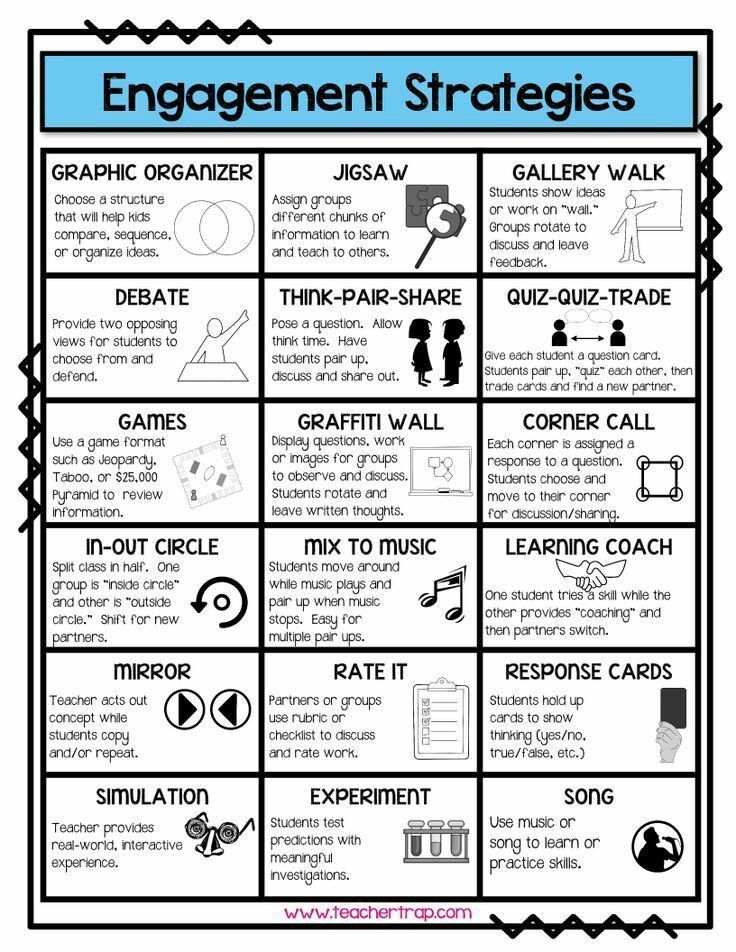 To follow the route we have planned, the child needs to know the answers to three questions:
To follow the route we have planned, the child needs to know the answers to three questions:
- Where should I go?
- How to get there?
- When I am on the road, how will I know that I am not lost?
To do this, the teacher:
1. Sets a goal
Cognitive engagement starts with this The more specific the goal, the better. Since the path to another country lies through the nearest city, start with priorities and goals. For example, “learning to read” is not a good goal. And “learning to extract the main idea of the author from the text” is much more specific and achievable.
2. Gives clear instructions
The clearer the task is, the less children rely on the teacher for help. For example, “read the text and identify the main idea” sounds clear to those who are aware of what the main idea is and how it is implemented in the text. However, for beginners, it is advisable to break the instruction into sequential operations, for example: “look at the picture”, “look at the heading”, “look at the subheadings”, “think about what this text is about”, “read the first lines of the paragraphs”, “circle unfamiliar words, etc.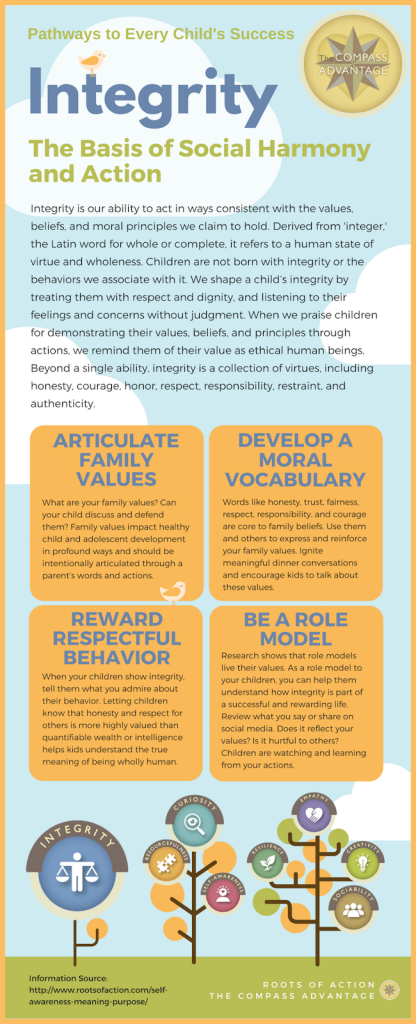
3. Gives feedback at all stages of completing the task
But this does not mean abstractly praising the child: “Well done!”. The task is to let the student understand what his actions lead to the desired result, and where strategies need to be changed and, most importantly, how to do it. For example, the child could not formulate the main idea of the text about dinosaurs. Instead of telling the child that he does not understand anything about this, ask him to reread the first and third paragraphs and check if there is a mention of the main idea formulated by him. Such feedback not only indicates a mistake, but also enriches the child with new learning strategies and self-testing.
How to make learning interesting for children
Cognitive development of a person coincides with the ability to prioritize so that urgent tasks come to the fore. The rest is “for later” and “for the soul”. Children do not have this pattern of behavior: they tend to start with interesting things.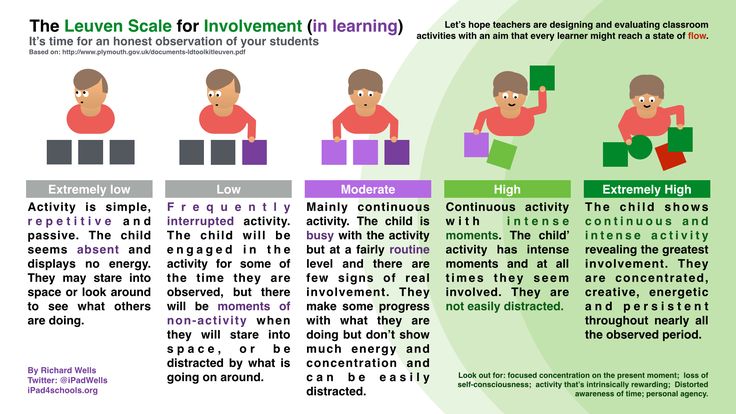 This is the key to making learning fun. In general, in order to emotionally (and, as a result, cognitively) involve a child, four conditions must be met.
This is the key to making learning fun. In general, in order to emotionally (and, as a result, cognitively) involve a child, four conditions must be met.
1. Give interesting tasks (intrinsic value)
When selecting tasks, consider the interests of children and the context of the tasks to be solved. For example, in mathematics, offer problems not about the movement of a raft along the river against the current, but about bitcoins or the speed of a space rocket.
Children are interested in solving problems about the modern world that they observe and learn to interact with. They are interested in authentic tasks addressed to everyday life. It is on them that such approaches as Problem-based learning, Project-based-learning, Inquiry based learning are built. They are based on a real problem or research that arouses the child's curiosity and involves him in the process of recognition.
In addition, children are involved in topical formats. For example, on the Learn platform. ru is the mechanics of gamification. The RPG game Magic Math is an example of this format. Getting used to the role of a student with magical abilities, fighting villains by solving mathematical problems, students indirectly gain knowledge, without which it is impossible to win the game.
ru is the mechanics of gamification. The RPG game Magic Math is an example of this format. Getting used to the role of a student with magical abilities, fighting villains by solving mathematical problems, students indirectly gain knowledge, without which it is impossible to win the game.
2. Demonstrate the value of the task to the child (attainment value)
Let the child understand the importance of what he is learning. Since children learn by watching others, it is good practice to introduce children to role models.
Imagine that Valya dreams of becoming a great artist and watches films about artists (this is important for her identity). In one of the films, she learns that one of the artists did not do mathematics. Will she feel like sitting for hours after that, solving mathematical problems? No. However, if you offer her another artistic role model, for whom mathematics is very useful in life, Valya can appreciate the importance of mathematics in her life as well.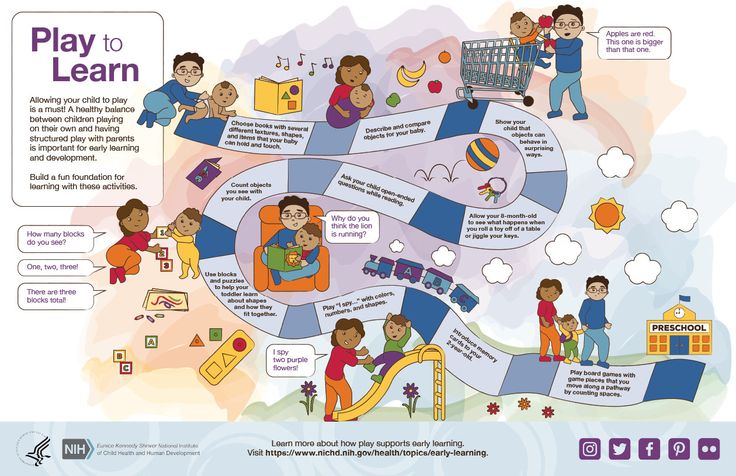
3. Increase the value of the task for the child in the future (utility value)
Help your child answer a question such as “Why do I even need to learn this? No one multiplies two-digit numbers in their minds, there is a telephone for this.
Here we are talking about the practical benefits of the subject being studied or a separate task. Research shows that engagement increases even when high school students are told what they are reading about science in order to "better understand the world."
Imagine Grisha needs to learn how to write letters in English. But he is convinced that in the 21st century no one writes letters, and everyone communicates in instant messengers. The task to convince Grisha is to write a letter to a cosmetics company demanding to stop testing cosmetics on animals. So Grisha not only sees that letters are still being written, but also feels that this skill helps to change the world for the better. Another option: the parents ended their Netflix subscription, and the money for the next year was automatically debited.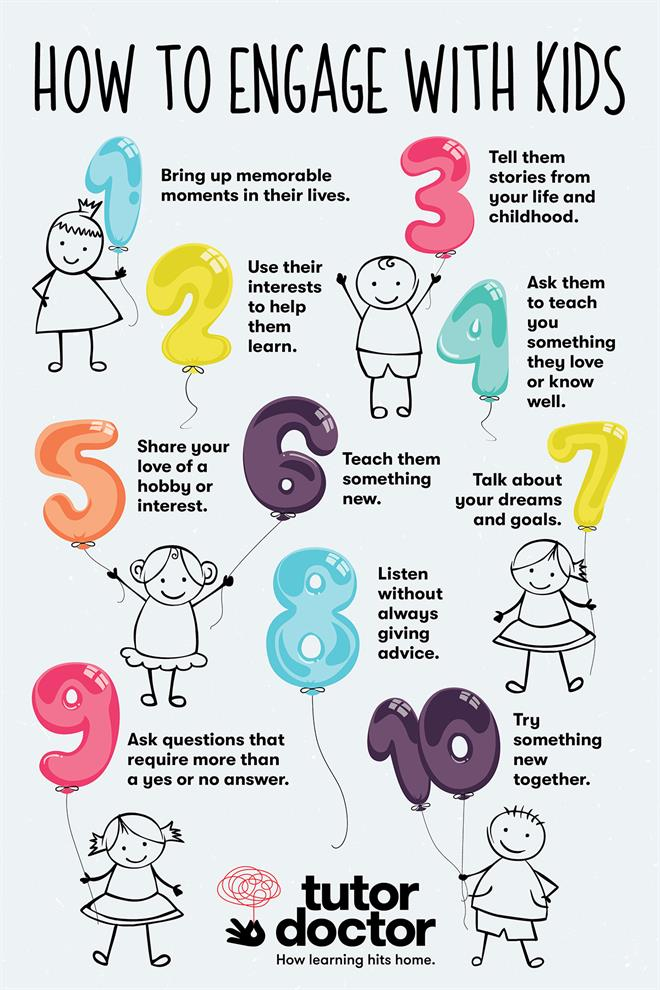 You must write a polite email to Netflix support asking them to cancel auto-renewal.
You must write a polite email to Netflix support asking them to cancel auto-renewal.
4. Remove all barriers to learning
Economics uses cost-benefit analysis. He suggests that people usually evaluate the ratio of expected benefits and costs, and if the former outweigh the latter, they get to work. This concept holds true for engagement as well, as children also face the choice of “to teach or not to learn”. The difference is that the costs may be unconscious, but affect the child.
Children should not be hindered to learn actively. To help him, provide him with all the study materials, working computers, comfortable space. Nothing should draw on valuable cognitive resources.
Also, do not overload. And it's not so much about the actual, but about the perceived load, because it is perception that affects the child's experiences. And redundant information and high workload reduce cognitive engagement and lead to superficial learning.
The article was prepared by postgraduate students of the Uchi.
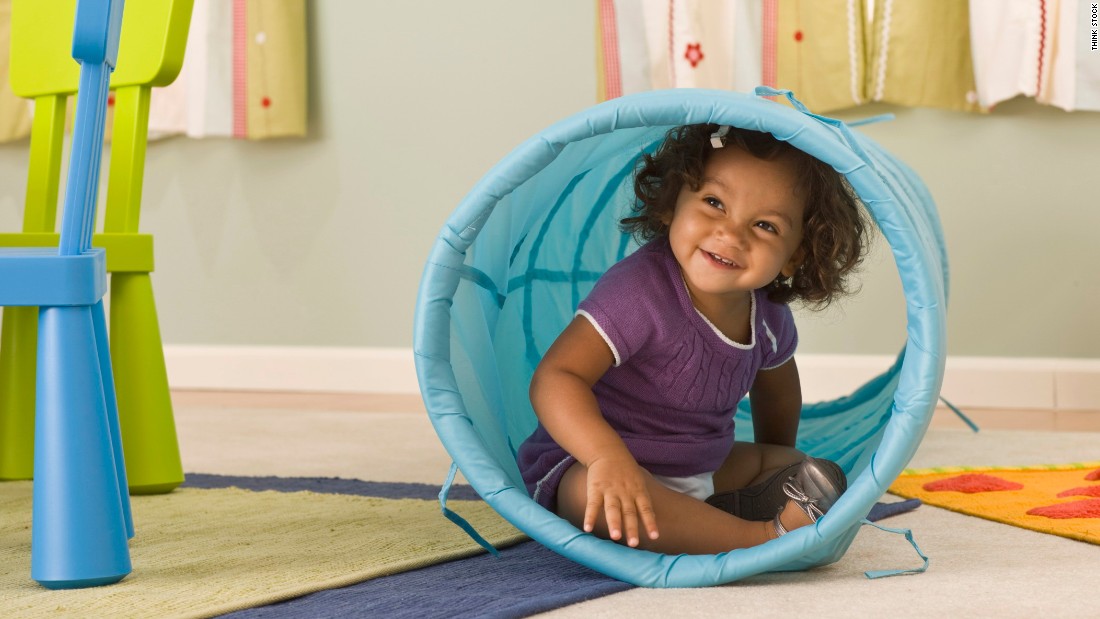 )?
)? 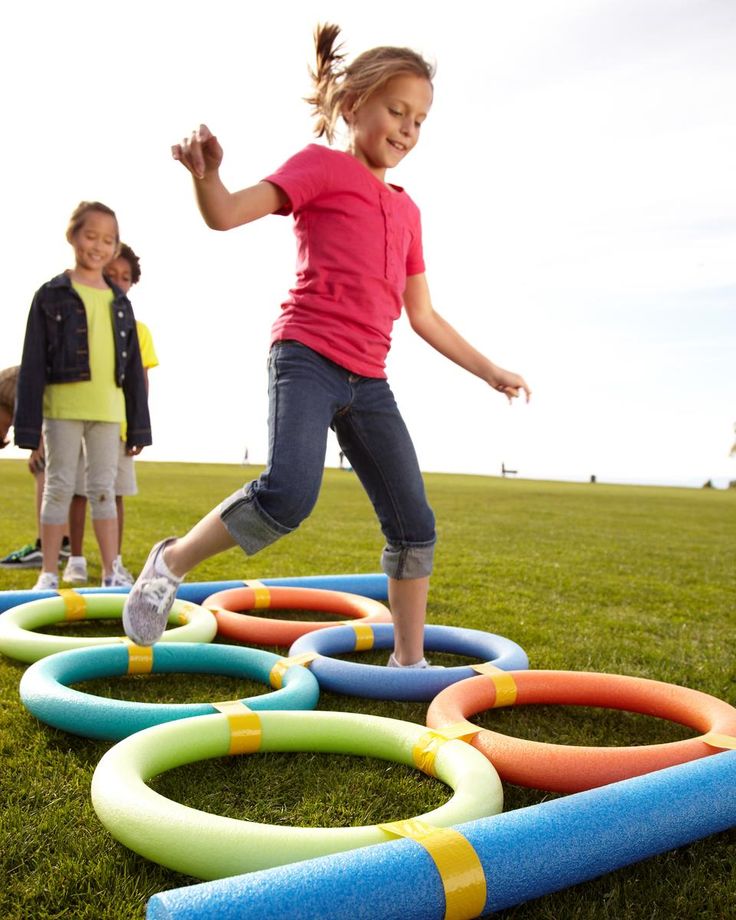 . (the name of the cartoon popular or favorite in this group of children) please come to me. I have an interesting offer for YOU!
. (the name of the cartoon popular or favorite in this group of children) please come to me. I have an interesting offer for YOU! 

